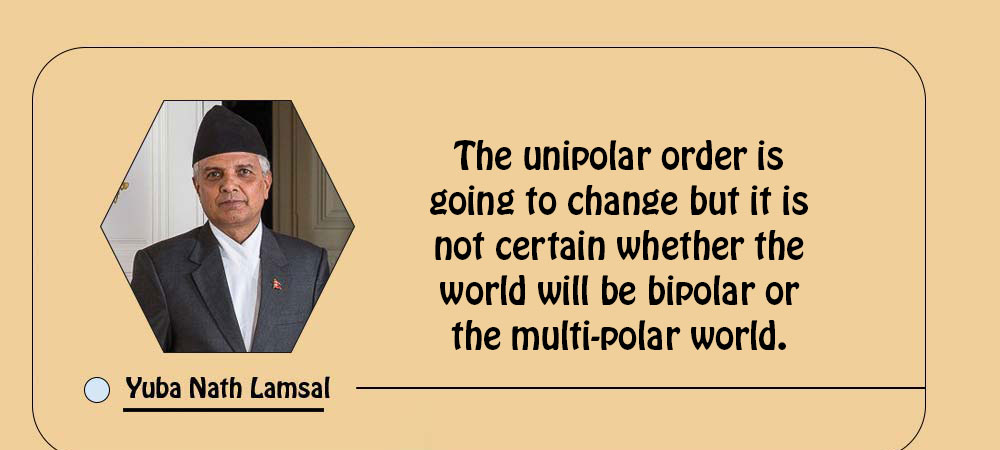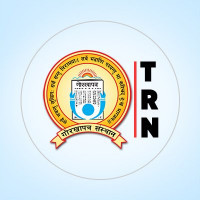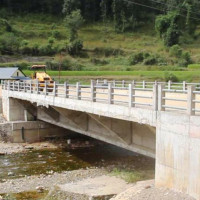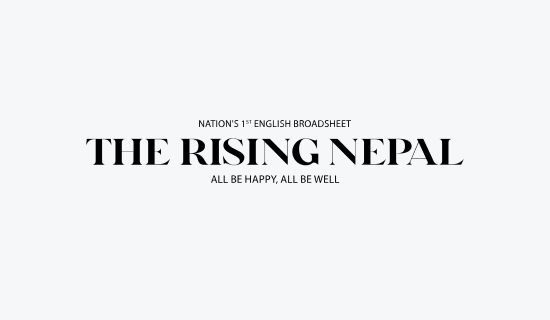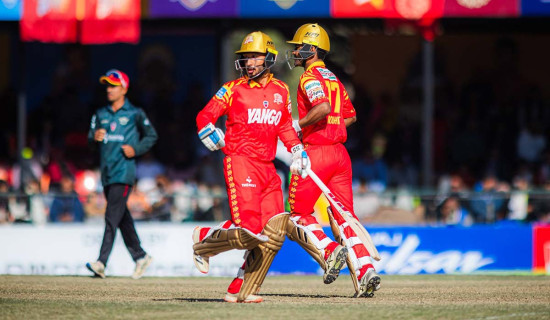- Saturday, 29 November 2025
Multipolar World In The Making?
The earth surface consists of three basic components air, water and land. Water covers 70.8 per cent of total earth area while only 29.2 per cent is the land surface. The land area is divided into different continents - Asia, Africa, Europe, Australia, South America and North America and Antarctica, while the water part is divided into different oceans which are - Pacific, Atlantic, Indian and Arctic Oceans. Both the continents and oceans are further divided into-subsystems. The sub-systems include different regions that are classified on geographic, economic, strategic, cultural and maritime basis.
Countries are small units in the broader global system. They operate depending upon their strength and capability and try to influence other countries. Different factors determine powers and strength of a country. Geography, economy, natural resources, location, demography, physical size and level of economic and other development as well as military strength are some of the factors that determine the power, strength and influence of the a country. Technology has recently emerged as one of the tool of a power. States may be big and small but they are in principle equal in the comity of the nations.
Category of powers
However, it may not always be so in practical level as powerful countries have more leverage in the international system. Geography and size are important but they alone are not the determinant factors for power of a country. In some cases, even a small counties of size can have better and more influence in the international power politics. Powers are also categorised based on their economic, military and technological strength and their ability to influence others. Accordingly, powers are categorised into super power, global power, regional power and nominal power.
Super power is the state that has presence worldwide and has the ability in influencing the entire world. The United States is the sole super power at the moment. Some countries like China and Russia are global powers. India, Indonesia, Israel and Brazil may be classified into regional powers, while other countries are normal powers. The least developed countries maybe called the nominal powers or no powers. The power of the states also varies depending upon time and context. Different empires rose and fell in the past. Habsburg empire, Ottoman Empire, Byzantine Empire, Roman Empire, Austro-Hungarian Empire, Maurya Empire, Mughal Empire, Portuguese Empire, French Empire, Russian Empire, etc. were at one point global powers.
However, with the march of time, these powers got weakened and collapsed. At one point of time, British Empire was the global power and there used to be saying that- sun never set in the British Empire implying Britain’s global domination and control. The two world wars followed by a massive wave of anti-colonial movement across the world changed the course of international power in the 19th century. The British Empire lost it earlier prowess of global power and it turned out to be a normal power. Until the World War II, the epicentre of international power was Europe. The war bled European countries economic and military strength so badly that Europe could no longer maintain its global influence.
After the World War II, the global order and power architecture took a paradigm shift. Until then the United States was a normal power and it had adopted a policy of isolationism and had maintained neutrality during the World War II. However, Japan’s Kamikaze attack at America’s Pearl Harbour on December 7, 1941 dragged the US into the World War II. The United States joined the Allied Forces consisting mainly of Britain, France, Belgium and Soviet Union, against the Axis powers comprising of Germany, Japan and Italy. This event completely changed the war scenario. The United States dropped two atomic bombs in Hiroshima and Nagasaki that forced Japan to surrender marking the end of the World War II.
Had Japan not attacked neutral USA, the outcome of the world might have been different and post-war power architecture of Europe could have been different. This implies that even a slight miscalculation and misstep brings disaster in the country’s life. After the war, bi-polar world order emerged in which the United States and the Soviet Union remained to be two super powers each leading different power blocs. The global architect of power keeps changing and it has constantly changed. The post-world war world order, too, changed as Soviet Union disintegrated giving rise to the unipolar world order led by the United States.
Now the world is again taking a paradigm shift. New powers are emerging. China is the principal contender seeking to be the next global power, although it still lags far behind in terms of economy, military, technology and other geo-political factors. However, the slow decline of the US clout and influence owing to its own policies, it is still not certain what shape the new world order would take. However, China is definitely the challenger of US-led unipolar world order. Russia is yet another power that has also the potential to rise as global power. India is so far a regional power but has the potential to grow as global power.
Levels of orders
Henry Kissinger says there are three levels of orders — world order, international order and regional order. The world order, according to Kissinger, is ‘about the nature of just arrangements and distribution of power thought to be applicable to the entire world’. The international order thus seeks to ensure global balance of power. However, the world at present seems to be in disorder, which needs to be reversed into proper order. Now the international order that was primarily based on Westphalia system seems to on the cusp of change. The Atlantic-focussed power is shifting to Indo-Pacific region in which the Asian and Eurasian powers are likely to hold sway in the newer architecture of international order.
The old order is definitely going to change but it is not yet certain what exactly the new world order would look like. The unipolar order is going to change but it is not certain whether the world will be bipolar or the multi-polar world. Some may prefer the multi-polar world as it may seem to be more democratic. But multi-polar world order will be more anarchic and it may not be preferable for the global balance of power, which was evident of the scenario of Europe prior to the World War II. Bi-polar order is better and preferable for the effective global balance of power.
(The author is former chief editor of this daily and former ambassador. lamsalyubanath@gmail.com)

